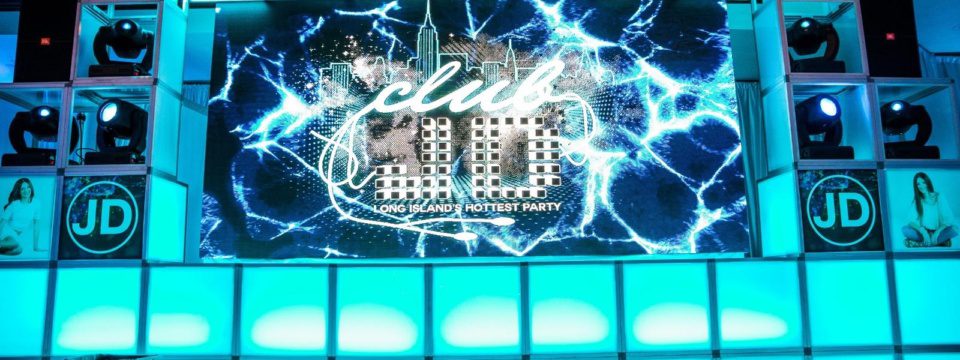Clarifying Light Emitting Diode Display Screen Illumination Measurements to Peak Visual Functionality
LED panel screens are more and more favored in various settings, from homes to businesses and communal areas. These screens are known for their bright and vibrant displays, which make them suitable for communicating information, advertisements, as well as engagement. Nevertheless, comprehending the illumination levels of LED wall panels is crucial to guaranteeing ideal visual performance. Brightness can be quantified using metrics called nits, that indicate how much light is emitted from the panel. A higher number of number in candelas, the brighter more luminous the display will be. For, instance, one screen with one thousand nits stands considerably brighter than one featuring 500 candelas, rendering this one better equipped in brightly lit environments.

As you selecting an LED panel screen, one becomes crucial in take into account which environment where that the screen will be used. In brightly lit areas, like retail environments and open-air settings, higher increased luminosity rate becomes necessary to ensure visibility. Conversely, in darker environments, such as theaters or conference rooms, a lower brightness level may suffice. This is because excessive brightness within a dark environment can lead to discomfort for viewers, causing them more difficult for focus on the screen. Therefore, understanding the specific needs of the setup site will aid with selecting a suitable illumination rate to ensure ideal viewing experience.
Another important factor to consider the contrast differential proportion in an Light Emitting Diode panel screen. This ratio measurement indicates how much disparity exists between the brightest white and the dark black that the screen can produce. A greater differential proportion indicates the display can it can show more detail and depth, thereby improves general image quality. For example, a panel boasting a contrast ratio of 10,000:1 is able to show visuals featuring greater brilliant colors as well as sharper details compared to a featuring a proportion of 1,000:1. This is particularly crucial in instances where showing images and motion graphics which require high clarity read this article and fine details, including slideshows and advertising content.
Moreover, the technology behind LED wall panels has an essential role in their illumination as well as total performance. Different types in Light Emitting Diode technologies, such as OLED as well as Liquid Crystal Display, possess unique characteristics which impact how brightness is perceived. OLED screens often offer better differential as well as deeper blacks, thereby can improve a viewing experience in darker environments. Conversely, standard LED panels might prove to be more suitable for well-lit spaces because of their ability to produce greater levels of illumination. Comprehending these technological variances will guide users to deciding on informed decisions according to specific individual needs.
Finally, consistent care and calibration of LED wall panels can assist preserve optimal brightness as well as efficacy over view it time. Dust as well as particles can build up in the screen, impacting the brightness as well as clarity of a display. Regular washing and expert adjustment may ensure the the screen functions at top best, providing uniform visual quality. Additionally, some advanced LED panel panels feature built-in built-in options which allow users for adjust brightness settings and hue adjustments based on their preferences. Through taking such steps, users will ensure the their LED wall screens provide an optimal display performance, regardless of where environment where which these are placed.